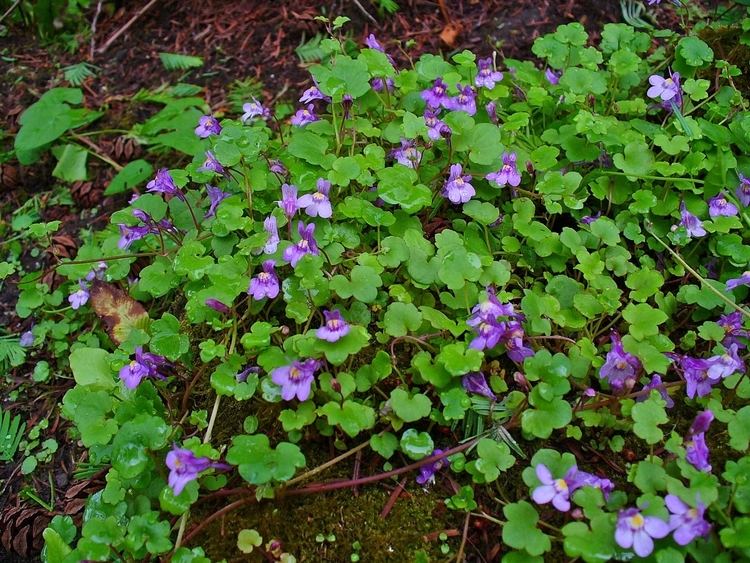Kingdom Plantae Family Plantaginaceae Scientific name Cymbalaria muralis Rank Species | Order Lamiales Genus Cymbalaria Higher classification Cymbalaria | |
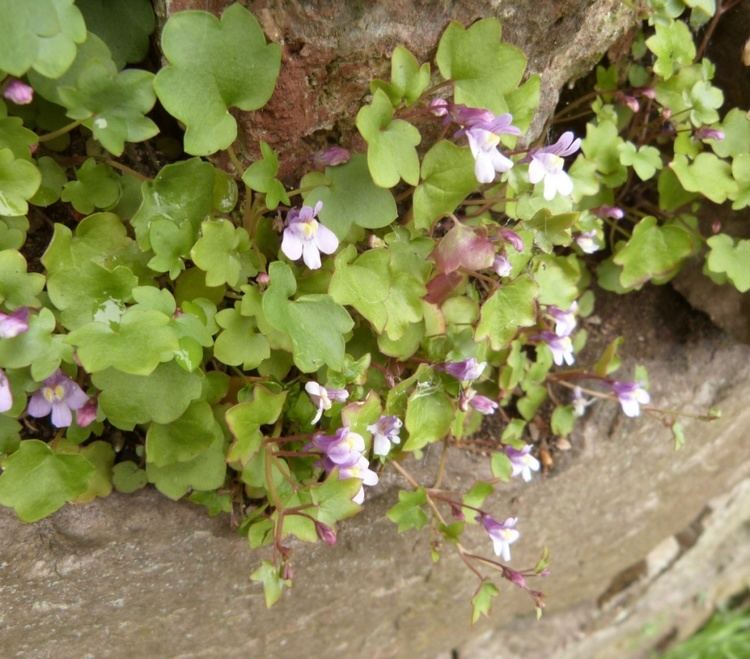 | ||
Similar Nettle‑leaved Bellflower, Cuckoo Flower, Herb Bennett, Black Medic, Allium vineale | ||
Kenilworth ivy cymbalaria muralis ivy leaved toadflax 2015 06 09
Cymbalaria muralis, with common names ivy-leaved toadflax, Kenilworth ivy, coliseum ivy, Oxford ivy, mother of thousands, pennywort, wandering sailor, is a flowering plant native to Mediterranean Europe and widely naturalised elsewhere.
Contents
- Kenilworth ivy cymbalaria muralis ivy leaved toadflax 2015 06 09
- Flower gardening tips how to grow kenilworth ivy cymbalaria muralis
- Description and Habitat
- Reproduction
- Distribution
- References
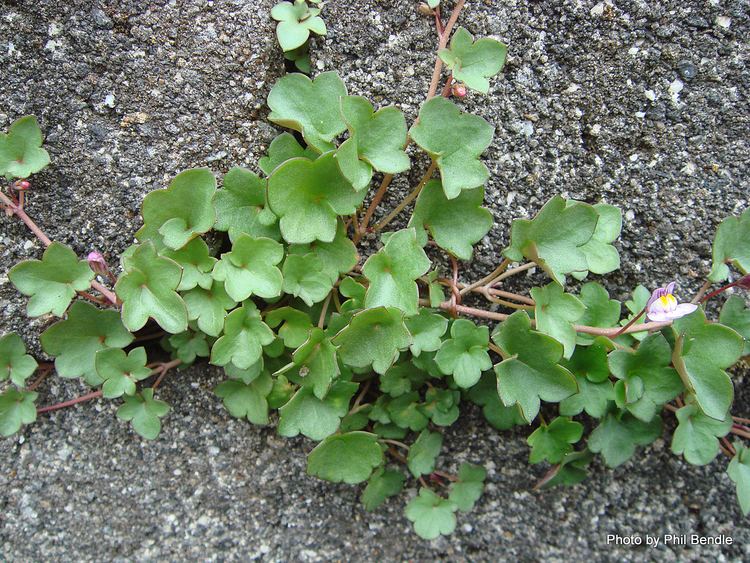
Flower gardening tips how to grow kenilworth ivy cymbalaria muralis
Description and Habitat
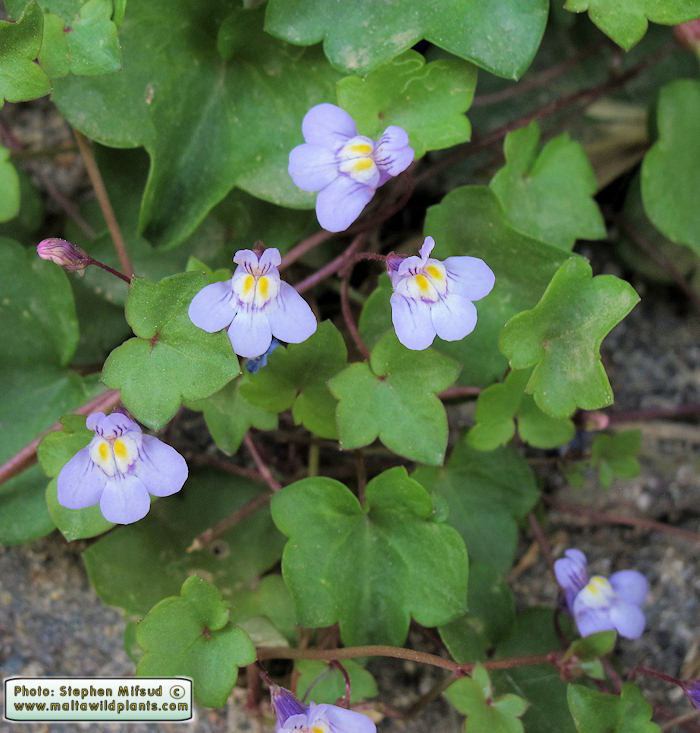
It spreads quickly, growing up to 5 cm (2.0 in) tall – it commonly grows in rock and wall crevices, and along footpaths. The leaves are evergreen, rounded to heart-shaped, 2.5 to 5 cm (1.0 to 2.0 in) long and wide, 3–7-lobed, alternating on thin stems. The flowers are very small, similar in shape to snapdragon flowers. Flowers from May to September.
Reproduction

This plant has an unusual method of propagation. The flower stalk is initially positively phototropic and moves towards the light. After fertilisation, it becomes negatively phototropic and moves away from the light. This results in seed being pushed into dark crevices of rock walls, where it is more likely to germinate.
Distribution
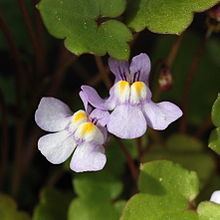
Cymbalaria muralis is native to south and southwest Europe, the southern Alps, eastern Yugoslavia, southern Italy and Sicily. It has spread throughout the world as an invasive plant, including the United States and the British Isles.

